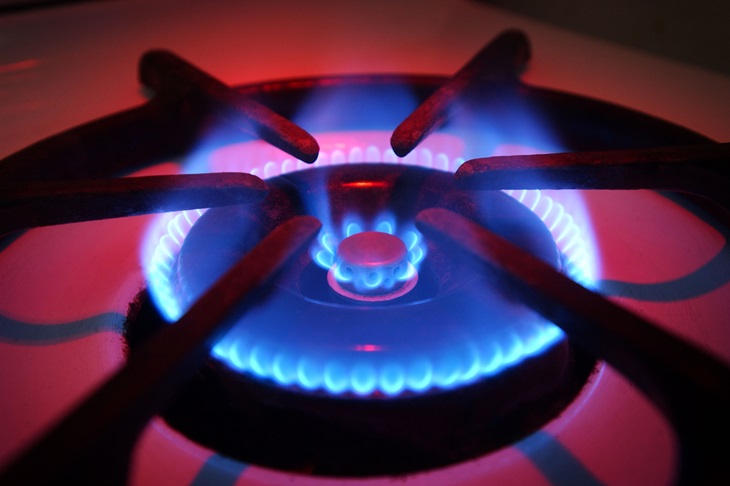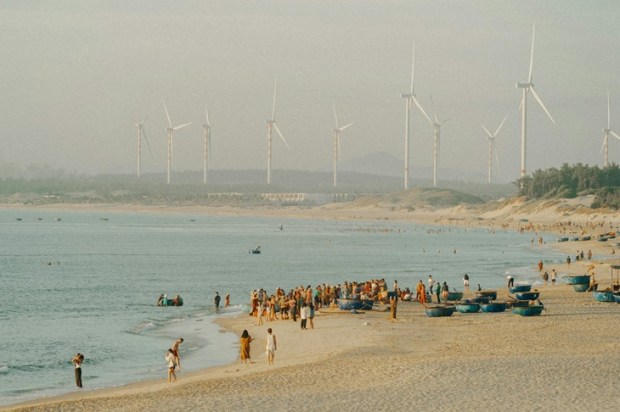State government bans on gas connections to new premises have caused confusion among their respective constituents, and outrage among stakeholders.
Credit to Premier Chris Minns and the New South Wales government for wisely avoiding this decision, however some local councils have bypassed state law, banning gas through their development control plans (DCPs) on the questionable grounds of health risks and economic benefit.
Already a subscriber? Log in
Subscribe for just $2 a week
Try a month of The Spectator Australia absolutely free and without commitment. Not only that but – if you choose to continue – you’ll pay just $2 a week for your first year.
- Unlimited access to spectator.com.au and app
- The weekly edition on the Spectator Australia app
- Spectator podcasts and newsletters
- Full access to spectator.co.uk
Or


























Comments
Don't miss out
Join the conversation with other Spectator Australia readers. Subscribe to leave a comment.
SUBSCRIBEAlready a subscriber? Log in